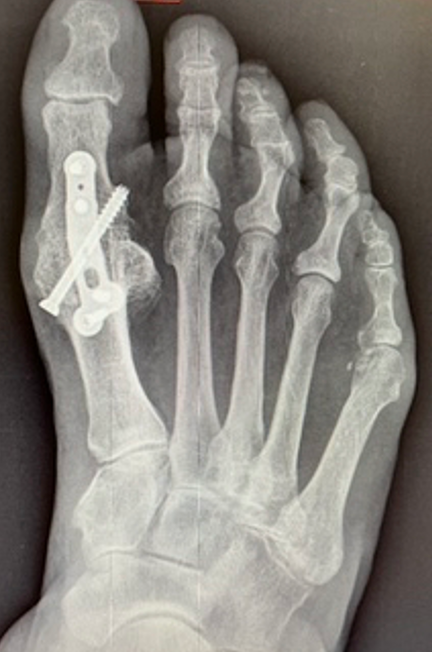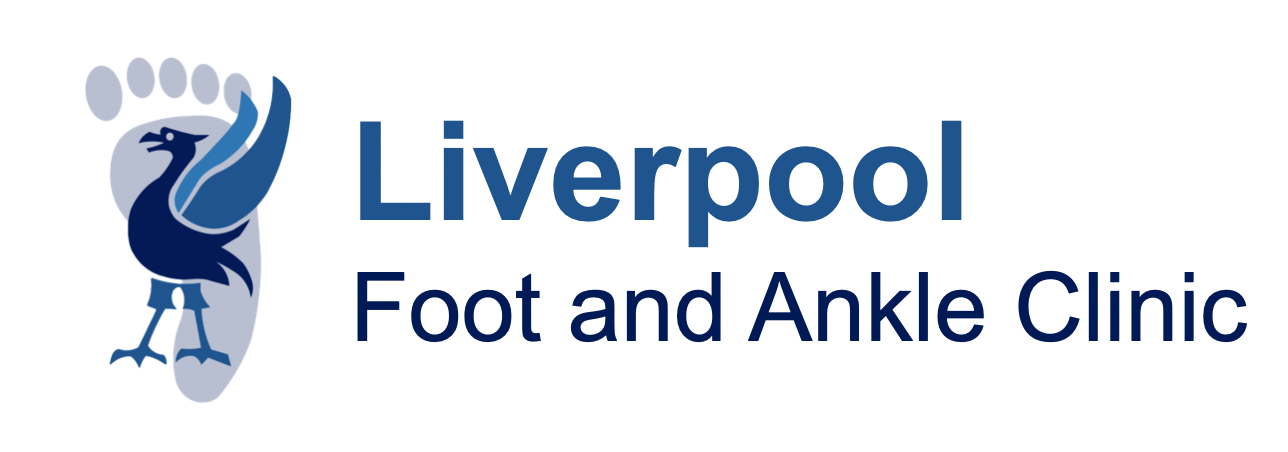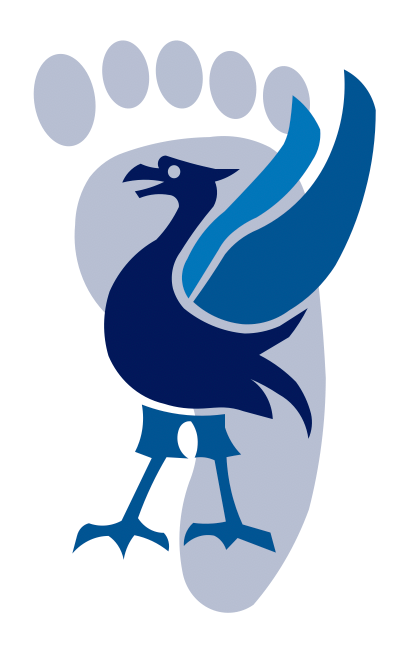
Prof Mason
Liverpool Foot and Ankle Clinic
To book an appointment, either email or phone the number below or click the link.
E-mail: CVDWclerical@outlook.com
Contact Patient Liaison: 07717580737
Big Toe Arthritis (Hallux Rigidus)
Big toe arthritis, also known as hallux rigidus, is a type of degenerative arthritis that affects the joint at the base of the big toe, known as the first metatarsophalangeal (MTP) joint. This condition can cause pain, stiffness, and swelling in the big toe, making it difficult to move and walk. Over time, it can lead to significant discomfort and decreased mobility.
What are the causes of big toe arthritis?
· Wear and Tear: Most commonly caused by wear and tear on the joint over time.
· Injury: Previous injuries to the big toe, such as fractures or sprains, can increase the risk.
· Abnormal Foot Structure: Structural issues in the foot, like flat feet, high arches and hallux valgus (bunion), can contribute.
· Inflammatory Diseases: Conditions like rheumatoid arthritis or gout can lead to the development of arthritis in the big toe.
Symptoms
- Pain: Often experienced on the top of the foot and can be aggravated by walking or other activities.
- Stiffness: Reduced range of motion in the big toe, particularly when trying to bend it upwards.
- Swelling: Around the joint area.
- Bony Bumps: Development of bone spurs on the top of the MTP joint, which can be referred too as a chilus or dorsal bunion.
- Difficulty Walking: Discomfort and altered gait due to the pain and stiffness.

What are the treatments for big toe arthritis?
Treatment for big toe arthritis (hallux rigidus) aims to relieve pain, improve joint function, and slow the progression of the disease. Depending on the severity of the condition, treatment options can be non-surgical or surgical.
Non-Surgical Treatments
- Medications:
- Nonsteroidal Anti-Inflammatory Drugs (NSAIDs): To reduce pain and inflammation.
- Analgesics: Pain relievers that don't necessarily reduce inflammation, such as paracetamol.
- Footwear Modifications:
- Stiff-Soled Shoes: Reduces the bending motion at the big toe joint and can therefore reduce pain associated with movement.
- Shoes with a Wide Toe Box: Reduces pressure on the big toe and any bony bumps.
- Rocker Bottom Shoes: These shoes have a thick sole with a rounded heel, helping to reduce stress on the big toe joint by allowing the rolling of the foot to occur through the shoe and not the painful toe.
- Orthotics:
- Custom Insoles: Can accommodate the arch and increase stiffness of the shoewear, thus reducing movement at the big toe joint.
- Toe Spacers or Pads: Help to redistribute pressure and provide cushioning to the bony lumps.
- Physical Therapy:
- Range of Motion Exercises: To maintain and improve joint mobility in the early stages.
- Strengthening Exercises: To support the muscles around the joint and thus relieve the pressures in the joint.
- Injections:
- Corticosteroid Injections: To reduce inflammation and pain temporarily.
- Activity Modification:
- Avoiding activities that exacerbate pain, such as high-impact sports or prolonged walking/standing or activities that cause bending the toe upwards.
Surgical Treatments
If non-surgical treatments do not provide sufficient relief, surgery may be considered. Surgical options depend on the severity of the arthritis and the patient's overall health:
- Cheilectomy:
- Removal of bone spurs and part of the foot bone to improve joint movement and reduce pain. This works well if the arthritis is located on the top of the toe and not centrally.
- Arthrodesis (Joint Fusion):
- Fusing the bones in the big toe joint to eliminate motion and therefore pain. This is the gold standard treatment for arthritis of the big toe. Although the toe no longer bends, it gives a fantastic improvement to the pain. This is often recommended for severe cases.
- Arthroplasty (Joint Replacement):
- Replacing the damaged joint with an artificial implant. The results of arthroplasty in the big toe are not unanimously good, and therefore its use is uncommon.
- Osteotomy:
- Cutting and realigning the bones in the big toe to relieve pressure on the joint.


1st MTPJ Fusion
The mainstay of treatment for severe big toe arthritis is a first metatarsophalangeal joint fusion. This stiffens the toe, but is very successful in reducing pain,
FAQs
Can you have a big toe fusion if you are young?
Yes, big toe fusion (arthrodesis) can be performed on younger individuals, but the decision to undergo this procedure depends on several factors, including the severity of the arthritis, the level of pain, the impact on daily activities, and the failure of other non-surgical treatments.
Considerations for Big Toe Fusion in Younger Patients
1. Severity of Arthritis: If the arthritis is severe and significantly impacts quality of life, fusion might be considered despite the patient's age.
2. Non-Surgical Treatments: Before opting for surgery, it's crucial to exhaust non-surgical treatments such as medications, orthotics, physical therapy, and activity modifications.
3. Pain and Functional Impairment: If pain is debilitating and significantly limits daily activities or participation in sports, surgery might be necessary.
4. Activity Level: Younger, more active individuals may initially prefer joint-sparing procedures to maintain joint movement, but if these fail, fusion may become a viable option.
5. Long-Term Outcomes: Fusion provides long-term relief from pain but results in a permanent loss of motion in the joint. Younger patients need to consider how this will affect their lifestyle and activities.
6. Alternative Surgeries: In younger patients, other surgical options such as cheilectomy (removal of bone spurs) or osteotomy (realignment of the bone) might be considered first to preserve joint movement.
Benefits of Fusion
• Pain Relief: Fusion typically provides significant and lasting pain relief.
• Stability: Creates a stable and strong joint.
• Durability: Usually a permanent solution, eliminating the need for future surgeries related to arthritis in the fused joint.
Risks and Downsides
• Loss of Motion: Complete loss of movement in the big toe joint.
• Altered Gait: May affect the way a person walks or runs.
• Activity Limitations: Some activities, especially those requiring toe flexibility, might be more challenging or uncomfortable.
Evidence
A study comparing fusion in young (<50 years) compared to older individuals found that fusion did very well and was as successful for the patients in the younger age group as it was in the older age group at 14 years post surgery.
Can I wear heels after 1st MTPJ fusion?
Wearing heels after a first metatarsophalangeal joint (MTPJ) fusion can be challenging due to the loss of joint mobility and changes in foot mechanics. Here are some considerations:
Post-Fusion Foot Mechanics
• Loss of Flexibility: The fused joint will no longer bend, which can make it difficult to wear heels comfortably.
• Altered Gait: Walking in heels requires significant toe flexion, which is not possible after fusion, potentially leading to discomfort or instability.
Recommendations for Wearing Heels
1. Heel Height: Lower heels (typically 1-2 inches) are more manageable than higher heels. Higher heels can increase pressure on the forefoot and fused joint, leading to discomfort.
2. Gradual Transition: Gradually increase heel height to allow your foot to adapt. Start with very low heels and see how your foot tolerates them.
3. Custom Orthotics: These can provide additional support and comfort when wearing heels.
4. Special Occasions: Reserve wearing heels for short durations and special occasions rather than daily use.
Practical Tips
• Listen to Your Body: Pay attention to any discomfort or pain. If wearing heels causes significant discomfort, it’s best to avoid them.
• Alternate Footwear: Switch between different types of shoes to avoid prolonged pressure on any one part of the foot.
Alternative Fashion Options
• Wedges: Low wedges can offer a compromise between style and comfort, providing a bit of height without excessive pressure on the forefoot.
Long-Term Considerations
• Foot Health: Prioritize the long-term health of your foot. Continual stress on a fused joint from inappropriate footwear can lead to other complications or discomfort.
• Lifestyle Adjustments: Adjust your footwear choices to align with your new foot mechanics post-fusion, ensuring comfort and mobility.
Overall, while it might be possible to wear low heels occasionally after a first MTPJ fusion, it's essential to prioritize comfort and foot health to avoid complications.
Evidence
A study found Of the 42 patients who wore heeled footwear pre-surgery, 26 (62%) continued wearing them. The majority of them (n = 23, 88%) were able to wear the same height heels. Patients could use heeled footwear from 30 min to eight hours continuously (mean=3 h) and, 88% were able to wear heel heights of 1.5 in. or higher.
Can I still do sport with a fusion?
Yes, you can still participate in sports after a first metatarsophalangeal joint (MTPJ) fusion, but your ability to engage in specific activities may be influenced by the loss of joint mobility and the type of sport. Here are some key considerations:
Types of Sports and Activities
1. Low-Impact Activities: Generally more suitable post-fusion.
o Swimming: Does not put stress on the feet.
o Cycling: Minimal impact on the fused joint.
o Rowing: Focuses on upper body and core, reducing stress on the feet.
o Yoga and Pilates: Can be adapted to accommodate the fusion.
2. Moderate-Impact Activities: May be possible with adjustments.
o Walking and Hiking: Comfortable shoes and possibly orthotics can help.
o Golf: Generally manageable, but consider using a cart if walking long distances is uncomfortable.
o Weightlifting: Most exercises can be performed, but be cautious with movements that heavily involve the feet.
3. High-Impact Activities: More challenging but not necessarily impossible.
o Running: Some individuals may return to running with proper footwear and technique adjustments, though it can be difficult.
o Tennis and Racquet Sports: Quick lateral movements can be challenging, but playing on softer surfaces may help.
o Soccer, Basketball, and Similar Sports: High-impact and quick changes in direction can be tough on the fused joint.
Tips for Engaging in Sports Post-Fusion
1. Footwear: Invest in high-quality, supportive shoes tailored to your sport. Custom orthotics can provide additional support.
2. Activity Modification: Modify activities to reduce stress on the fused joint. For instance, avoid high-impact jumping or rapid direction changes.
3. Strength Training: Focus on strengthening the muscles around your foot, ankle, and leg to compensate for the lack of joint movement.
4. Flexibility Exercises: Maintain flexibility in the surrounding joints and muscles to improve overall foot function.
5. Gradual Return: Slowly ease back into sports, gradually increasing intensity and duration to allow your body to adapt.
Evidence
A recent review article reviewed ten articles with 450 patients. For sporting activities reported by multiple studies (running, yoga, golf, hiking, tennis, elliptical, and biking), 10-30% of people stated that it become easier to do sporting activity after 1st MTPJ fusion, 70-90% of people said that sporting activity remained the same, and 2% to 9% of patients said that it become more difficult to do sporting activity after first MTP fusion. One article reported return to sport after fusion to be 12 weeks ± 5 weeks.

